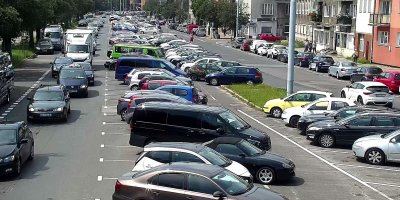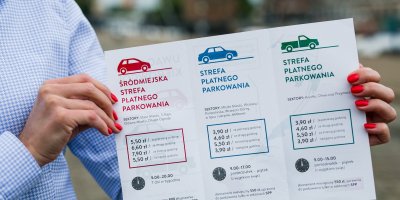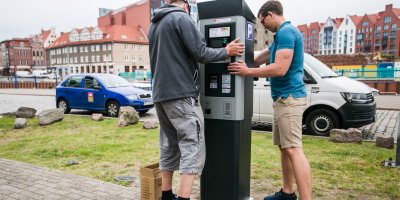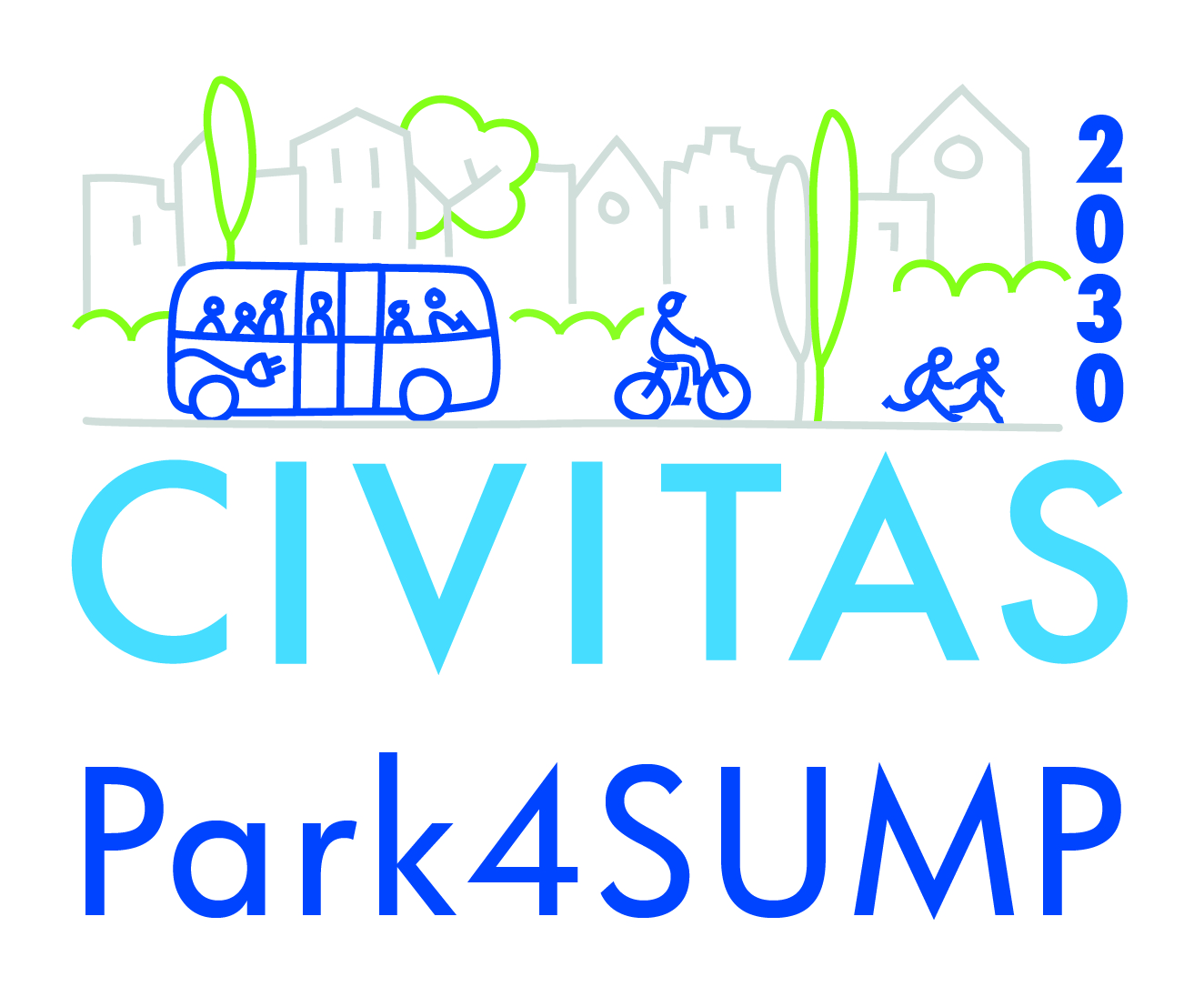Gdańsk enhances its regulated parking zone





The city of Gdańsk at the Polish Baltic Sea is well-connected to all major (inter-)national transport corridors and modes. On a daily basis, approximately 120.000 commuters drive towards the Functional Urban Area by car. Adding up resident’s travel behaviour, the modal split (2009-2016) evolved towards an increase of car trips and bicycle trips. The past years, these mode shares increased at the expense of public transport and appear to be reinforced due to the pandemic. The city aims to introduce parking management measures, as part of the PARK4SUMP project, to control motorised traffic and to promote sustainable urban travel. Even during a worldwide crisis it becomes clear that the Polish city is unstoppable: Gdańsk is working hard on implementing innovative parking policy as an integral part of their SUMP2030.
The outcomes of the ParkPAD analysis defined long-term activities (until 2030) for paid parking zones, P&R parking lots and coach parking lots. They form the main areas for the parking policy, which will be adopted officially by the local government in the beginning of 2021. Other measures, like bicycle parking, parking in residential areas, truck parking lots,… will also be included in the long-term policy. To fulfil successfully the SUMP integration, the city focuses on “creating a comprehensive and consistent parking policy by aligning existing policies, guidelines and development plans”.
Another goal is the extension of existing controlled parking zones in the city centre, an implementation of parking tariffs differentiation and less spaces overall. A wide range of stakeholders was involved to plan and implement the enhanced regulated parking zone. The results are encouraging as an increased parking revenue (80%) is allocated to spend for sustainable mobility. On top of that, an extension of the paid parking zone (+49% - 1070 out of 2198 paid parking spots in July 2020), with lower occupancy rates (-60% on weekdays and -20% in the weekend - Długie Ogrody Street) and an end to illegal parking prove that innovative parking management measures work.
Restructuring and improving P&R facilities is an additional local objective. Inventorying, labelling and promoting the P&R system is the first step to inform users appropriately. Vertical signage will be installed to distinguish P&R facilities from other parking lots at transport hubs. As inventorying is finished, Gdańsk is working on a traffic organization project to validate the P&R usage. Furthermore, the city is developing an information campaign on the P&R system to be launched next year.
2021 will become very interesting at the Polish Baltic Sea. As the city is further implementing its parking policy, new challenges will emerge. Insisting on the rational use of public space in the context of parking, focusing on best practices and continuing to involve stakeholders are fundamental as the COVID-19 travel behaviour slowly will extinguish. Gdańsk showed the past months that, unless major mobility changes due to an unexpected health crisis, sustainable urban mobility planning is resilient. Let’s conclude with an allegation of Jane Jacobs which is certainly applicable to this project: “No great city has ever been known for its abundant supply of parking”.
